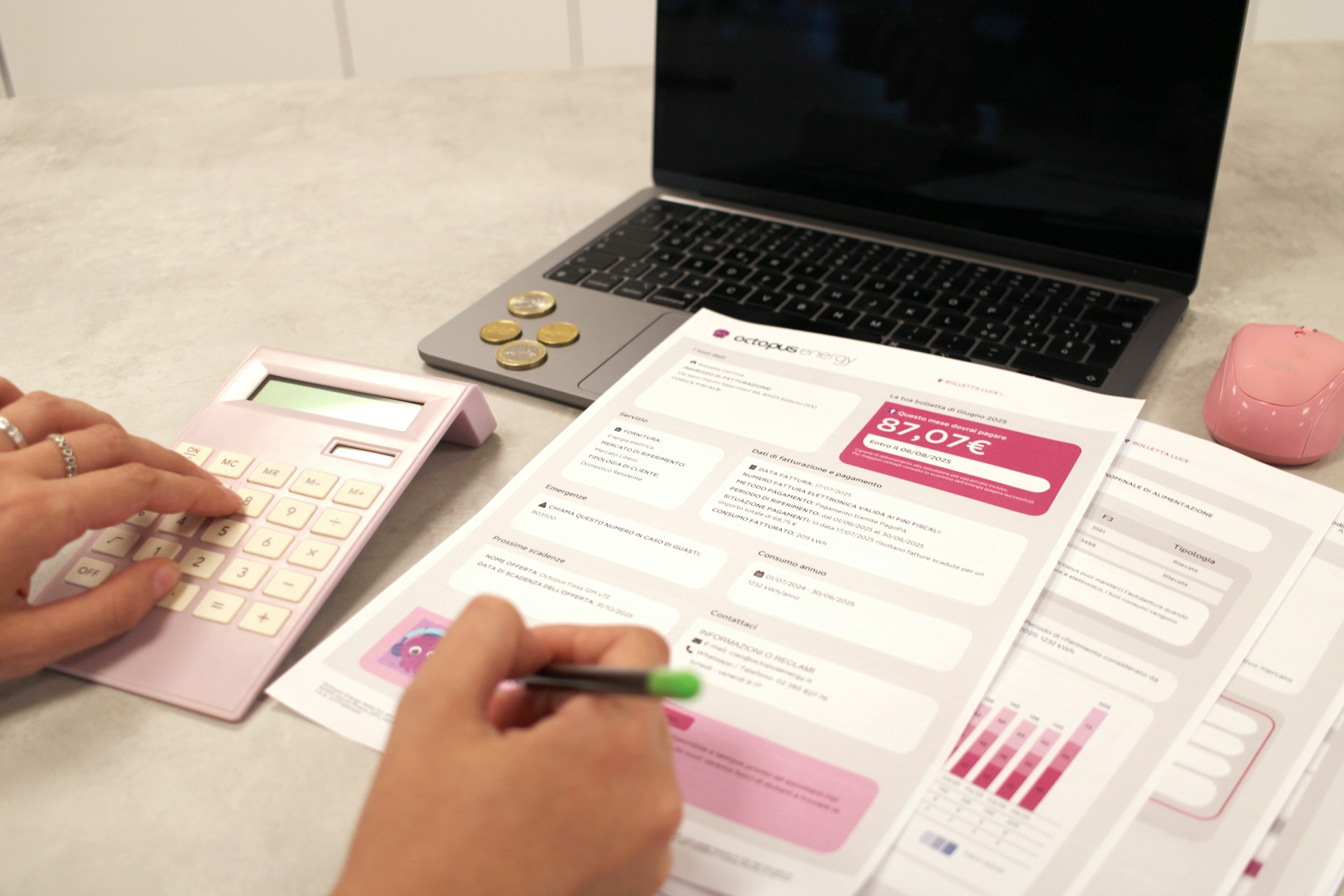Quick Estimate of Startup Costs for New Businesses
Starting a business requires budgeting for the Startup Costs across several key areas. This is a quick explainer. Here’s what to plan for:
Legal and Administration Costs ($200-$2,000)
Here, likely costs include your business registration, any business licenses, and your permits. These do vary by location and by your business’s industry. LLC legal structure formation starts at about $50-$500. Your professional licenses might add many hundreds more. And, do not forget about business insurance ($500-$1,500/year). That’s just a start and is just starting with basic business liability insurance. You will likely need different coverage based upon your specific circumstances.
A Digital Presence ($150-$500/year)
Domain names can run about $10-$20 per year. Your web hosting might cost $50-$550 per year starting out. You can add on costs for your website builder or WordPress theme ($0-$200). Also, basic email marketing tools start at $10-$30/month, but this is low and can grow significantly in cost.
Marketing and Branding ($100-$1,000)
Again on the low side but minimally, you will likely need a Logo design (DIY free, professional $200-$800), business cards ($20-$100), and initial advertising budget ($100-$500) to test what works. Advertising costs can definitely increase here.
Operations and Equipment ($300-$3,000+)
These costs really do vary wildly by industry. Service businesses might need just a laptop and software subscriptions ($50-$200/month). Product businesses factor in inventory and processes. Product businesses with their inventory and all of the processes that surround physical products and customer satisfaction (that is returns, responding to complaints, etc.) can cost way more than many other types of businesses. Consultants invest in professional development. This can be bootstrapped, DIY, or Corporate Classes costing many thousands of dollars.
Working Capital (3 to 6 months of expenses)
Who would overlook working capital? Yet, this is often overlooked by many small business founders, however, it is a critical factor. You should save enough to cover your personal and business expenses during the ramp up period before any revenue becomes consistent.
Total Range: $2,000-$10,000 for most solo service businesses. Some businesses could start with $500-$1,000 by bootstrapping creatively and relying on some other full time income.
Pro tip: Start with covering your minimum viable expenses, then reinvest profits to upgrade your tools, and expand your marketing as revenue grows. What this means is that you do not take any money out in the startup phase. Did you plan for that?
Disclaimer: According to U.S. Bank statistics, 82% of all small businesses fail due to cash flow problems. The primary contributor to these failures happens to be the inadequate amount of startup capital being in place. Businesses that launch with less than $5,000 of initial capital have a 50% higher failure rate, within their first five years of formation, than those that start with $10,000 or more, according to the Small Business Administration’s (SBA) Office of Advocacy. You should plan to get and maintain sufficient startup capital. This isn’t just a nice to have, unfortunately. This is statistically one of the strongest predictors of your business’s initial survival during the startup phase.
